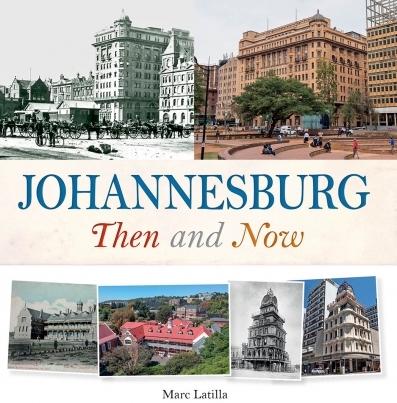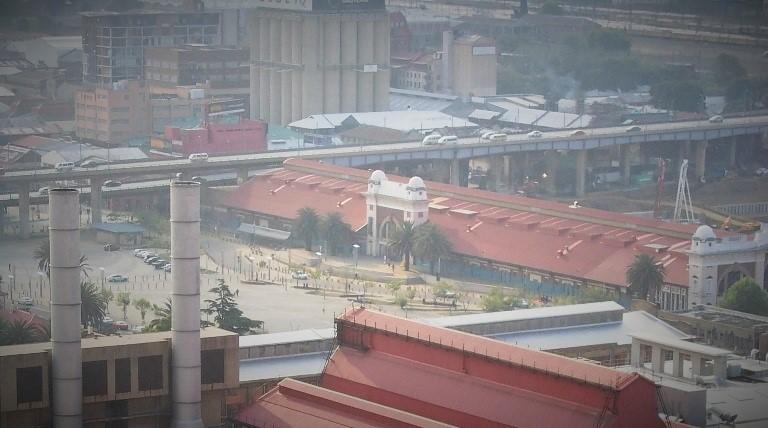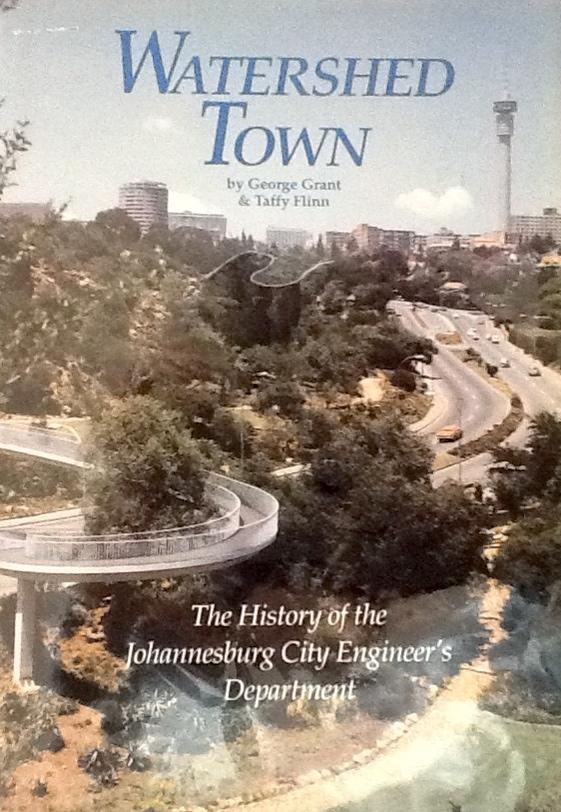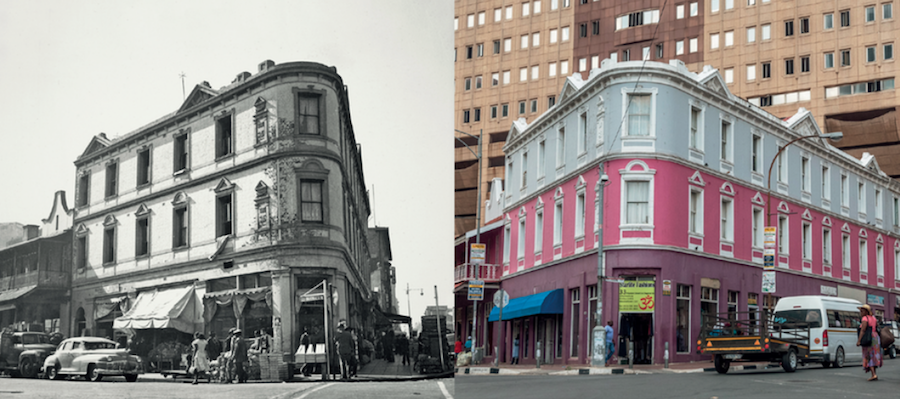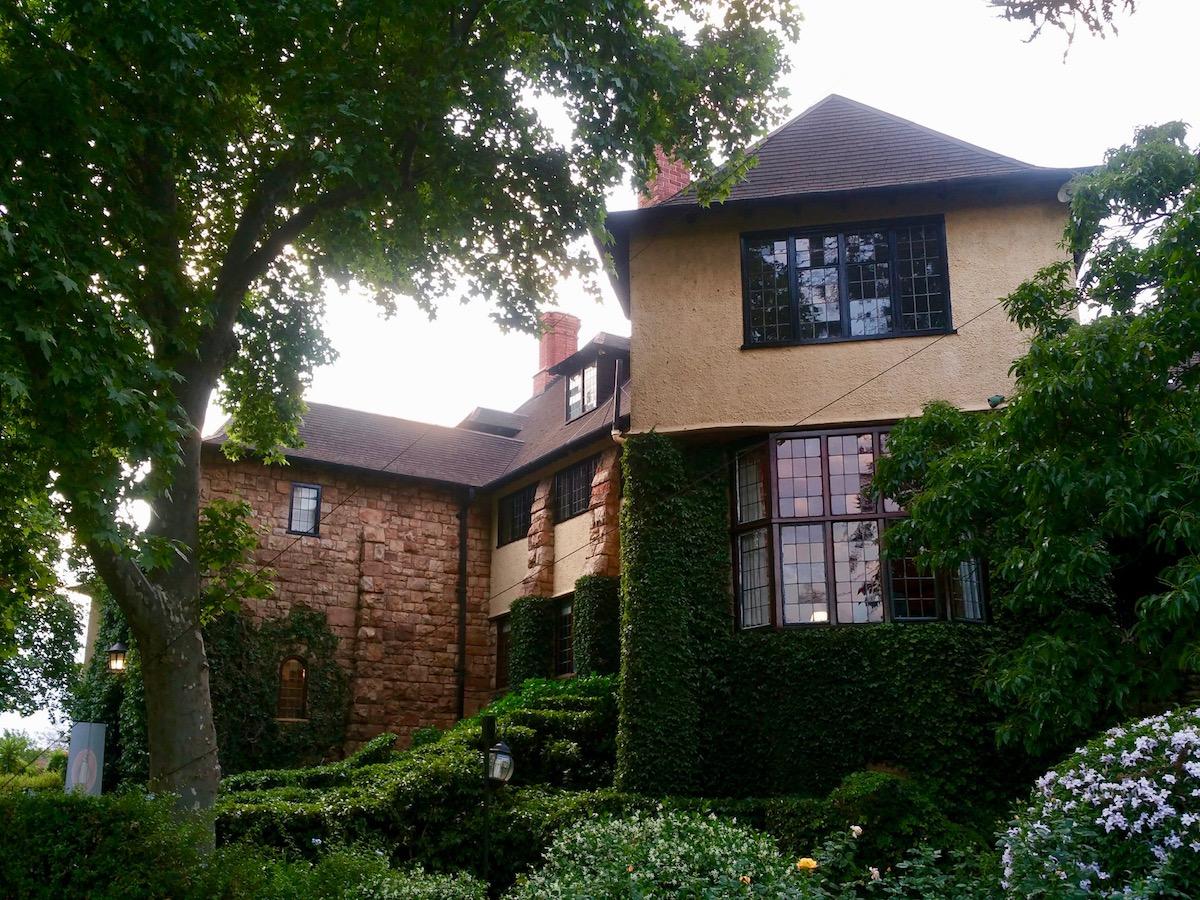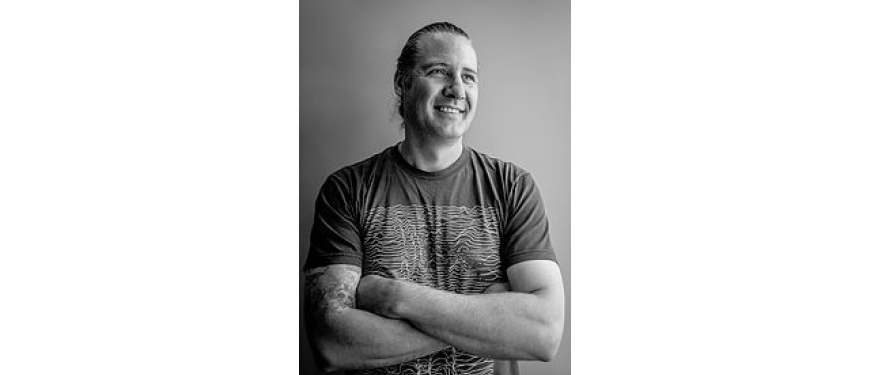
Disclaimer: Any views expressed by individuals and organisations are their own and do not in any way represent the views of The Heritage Portal. If you find any mistakes or historical inaccuracies, please contact the editor.
It took a house plan to get Marc Latilla hooked on history.
The pony-tailed author, DJ and music professional recently launched his book, Johannesburg Then and Now. It’s a treasure for Joburg enthusiasts: a leisurely stroll down what the early gold prospectors built on a stretch of veld over 130 years ago, juxtaposed against what those buildings and sites look like now. The Then and Now books are a worldwide series, profiling cities like Melbourne, Rome, Charleston, and Cape Town.
Book Cover
Latilla bought a 1912 house in Melville 17 years ago, and wanting to make renovations, located the plans. But studying them triggered memories of old buildings he’d lived in - he was born in Bertrams, one of Joburg’s oldest suburbs.
“I realised that I have lived in heritage buildings. I always loved old properties. It all came together when I saw the plans of my Melville house,” he says.
Curious to find an old photo of his house, he studied “random books on old Joburg”, and checked at Museum Africa under Melville. He did not find any but in the process discovered that “many old houses and buildings were gone forever but at the same time, I saw that many were still around. I wanted to find as many as I could and show ‘then & now’ comparisons, as well as highlight those long gone.”
Museum Africa (The Heritage Portal)
But something else happened to sharpen his interest. He bought the book Johannesburg, One Hundred Years, published by the city in 1986. “I looked at the pictures, and said to myself: ‘I know this building, this street’. It was almost like flashbacks.” This discovery led him to contemplate how much had changed in Joburg’s centenary. “The more I read, the more fascinated I became.”
He then bought another book, and another, one of which was Watershed Town – The History of the Johannesburg City Engineer’s Department. In this book he came across details of how the town dealt with water, sewage, town planning, freeways, and more. “I thought, this is cool. But no one book was definitive. It’s then that I started my blog.” That was 2011.
Book Cover
The blog, called Johannesburg 1912, got 5 000 in the first two years; it now has 5 000 to 6 000 hits a month. The queries he receives dictate the blog’s direction – people asked about trams, so he pulled together the history of trams in the growing towns. “People enjoyed it. It was slow, organic growth.”
In late 2016 Penguin contacted him, with a question any writer jumps at: would you be interested in writing the Joburg version of Then and Now?
The book is a quality, glossy volume. Alongside the old black and white photos are beautiful colour pictures, taken by photojournalist Yeshiel Panchia. Where possible, the modern photos have been taken from the same angle as the old photos, making possible an intriguing comparison of imags depicting the city’s growth. The text is succinct but informative, and accurate, having been checked by several Joburg heritage experts.
Carmel Building in Diagonal Street - Museum Africa (left) Yeshiel Panchia (right)
At the launch in August at one of Joburg’s heritage gems, Glenshiel in Westcliff, the comment was made that it did not include Jewish heritage buildings, or black heritage in the city. He’s working on the follow-up book to correct this, with 25% of the material already in the bag.
Glenshiel (The Heritage Portal)
And keeping himself busy with other interesting bits of history: this time on the history of nightclubs in Joburg. Here Latilla has an advantage – he’s in the music business, as the business development manager of Warner Music, which involves looking after multinational’s digital business in Africa.
Before this he was a DJ, who taught himself music, and built a studio at home. He wrote jingles, ran several nightclubs, and after doing five successful album compilations, he “retired” into his present job.
He says he can spend up to eight hours on a Saturday or Sunday researching and writing his blog.
He describes himself on his blog as “husband to a beautiful wife, father to two (mostly) adorable boys and some cats, DJ, author and jaded music industry person”.
He may enjoy being steeped in history, but this charming, unassuming man is very much a “Now” person for Joburg enthusiasts.
Lucille Davie has for many years written about Jozi people and places, as well as the city's history and heritage. Take a look at lucilledavie.co.za
Comments will load below. If for any reason none appear click here for some troubleshooting tips. If you would like to post a comment and need instructions click here.

